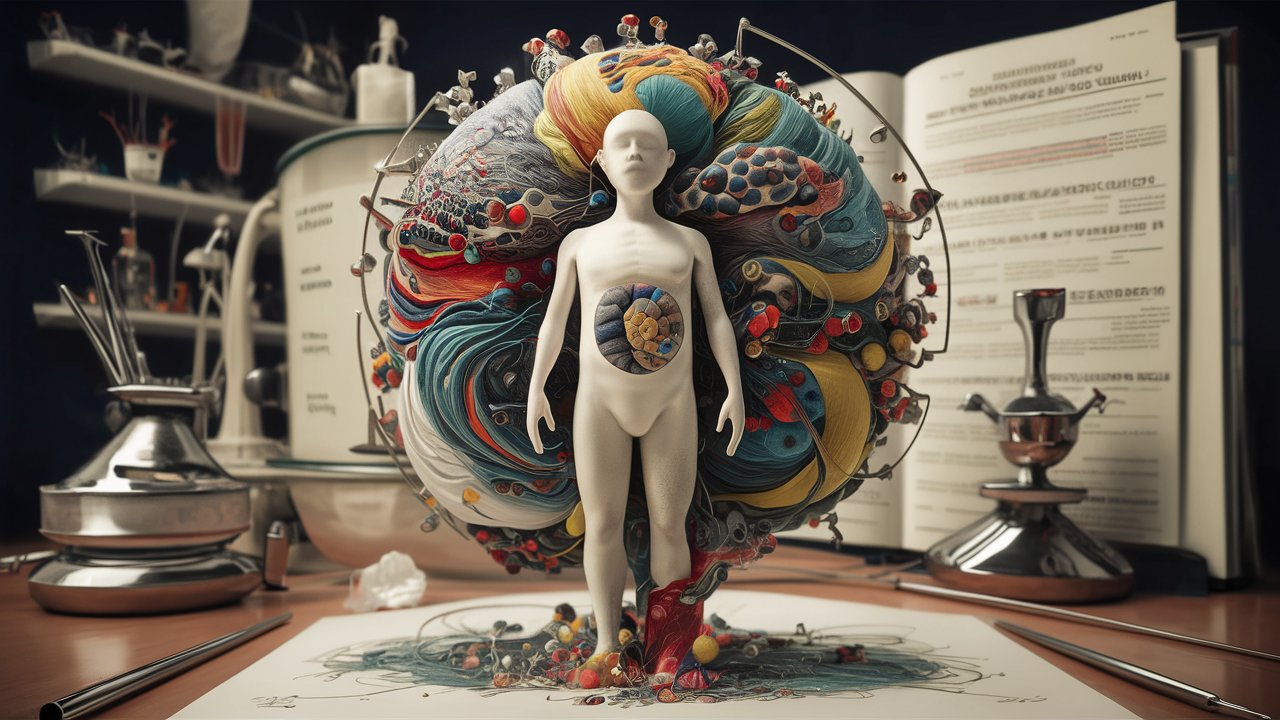
Stern-Lubinsky-Durrie Syndrome is a rare genetic disorder that affects multiple systems in the body. Characterized by unique facial features, developmental delays, and various physical abnormalities, this syndrome can be challenging to diagnose due to its rarity. Understanding the key aspects of Stern-Lubinsky-Durrie Syndrome can help families and medical professionals provide better care and support. In this blog post, we will explore 15 essential facts about this condition, shedding light on its symptoms, causes, and management strategies. Whether you are a parent, caregiver, or simply curious, these insights will offer valuable information about Stern-Lubinsky-Durrie Syndrome. Let's dive into the details and learn more about this intriguing genetic disorder.
What is Stern-Lubinsky-Durrie Syndrome?
Stern-Lubinsky-Durrie Syndrome (SLDS) is a rare genetic disorder. It affects multiple systems in the body, leading to a variety of symptoms. Understanding this condition can help those affected and their families manage it better.
-
SLDS is a genetic disorder. It is caused by mutations in specific genes. These mutations can be inherited from parents or occur spontaneously.
-
It affects multiple systems. SLDS can impact the nervous, muscular, and skeletal systems. This leads to a wide range of symptoms.
-
Symptoms vary widely. Some people may experience mild symptoms, while others have severe complications. Common symptoms include muscle weakness, joint problems, and developmental delays.
How is Stern-Lubinsky-Durrie Syndrome Diagnosed?
Diagnosing SLDS can be challenging due to its rarity and the variability of symptoms. However, there are several methods doctors use to identify this condition.
-
Genetic testing is crucial. It helps identify the specific gene mutations responsible for SLDS. This is often the most definitive way to diagnose the syndrome.
-
Clinical evaluation is important. Doctors will perform a thorough physical examination. They will look for characteristic signs and symptoms of SLDS.
-
Family history matters. Knowing if other family members have SLDS can provide clues. It helps doctors understand the inheritance pattern.
What are the Common Symptoms of Stern-Lubinsky-Durrie Syndrome?
SLDS presents with a variety of symptoms. These can affect different parts of the body and vary in severity.
-
Muscle weakness is common. Many individuals with SLDS experience muscle weakness. This can affect mobility and daily activities.
-
Joint problems are frequent. Joint stiffness and pain are common in SLDS. This can lead to difficulties with movement and physical activities.
-
Developmental delays occur. Children with SLDS may have delays in reaching developmental milestones. This includes walking, talking, and other skills.
How is Stern-Lubinsky-Durrie Syndrome Treated?
There is no cure for SLDS, but treatments can help manage symptoms and improve quality of life. These treatments are often tailored to the individual's specific needs.
-
Physical therapy is beneficial. It helps improve muscle strength and joint flexibility. This can enhance mobility and reduce pain.
-
Medications can help. Pain relievers and anti-inflammatory drugs can manage symptoms. These medications can make daily activities more comfortable.
-
Supportive care is essential. This includes occupational therapy, speech therapy, and educational support. These services help individuals with SLDS achieve their full potential.
What is the Prognosis for Individuals with Stern-Lubinsky-Durrie Syndrome?
The prognosis for SLDS varies widely. It depends on the severity of symptoms and the effectiveness of treatments.
-
Early intervention is key. Starting treatments early can improve outcomes. It helps manage symptoms and prevent complications.
-
Lifelong management is necessary. SLDS is a chronic condition. Ongoing medical care and support are needed to manage symptoms.
-
Quality of life can be good. With proper treatment and support, many individuals with SLDS lead fulfilling lives. They can participate in various activities and achieve personal goals.
Final Thoughts on Stern-Lubinsky-Durrie Syndrome
Stern-Lubinsky-Durrie Syndrome, though rare, impacts many lives. Understanding its symptoms, causes, and treatment options can make a big difference. Early diagnosis and intervention improve quality of life. Genetic counseling helps families understand risks and manage expectations.
Support groups and resources provide emotional and practical help. Staying informed about the latest research and advancements is crucial. Awareness and education can lead to better outcomes and support for those affected.
Remember, knowledge is power. By learning more about Stern-Lubinsky-Durrie Syndrome, we can foster a more inclusive and supportive community. If you or someone you know is affected, don't hesitate to seek professional advice and connect with others who understand. Together, we can make a difference.
Was this page helpful?
Our commitment to delivering trustworthy and engaging content is at the heart of what we do. Each fact on our site is contributed by real users like you, bringing a wealth of diverse insights and information. To ensure the highest standards of accuracy and reliability, our dedicated editors meticulously review each submission. This process guarantees that the facts we share are not only fascinating but also credible. Trust in our commitment to quality and authenticity as you explore and learn with us.


